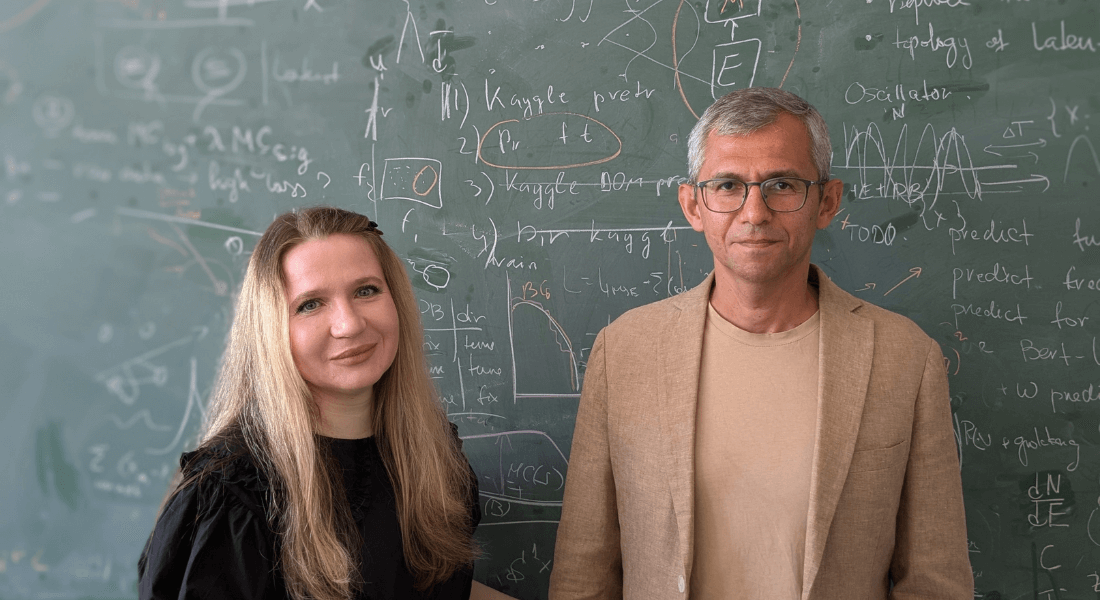
Physicists at the University of Copenhagen are using the magnetic fields of galaxy clusters to study distant black holes in their search for axions, a hypothetical particle thought to make up dark matter. By observing 32 supermassive black holes through galaxy clusters and combining the data, researchers detected a step-like pattern that could indicate axion conversion. While not definitive proof, this method advances understanding of dark matter and opens new experimental possibilities for studying elusive particles.
Source: University of Copenhagen




